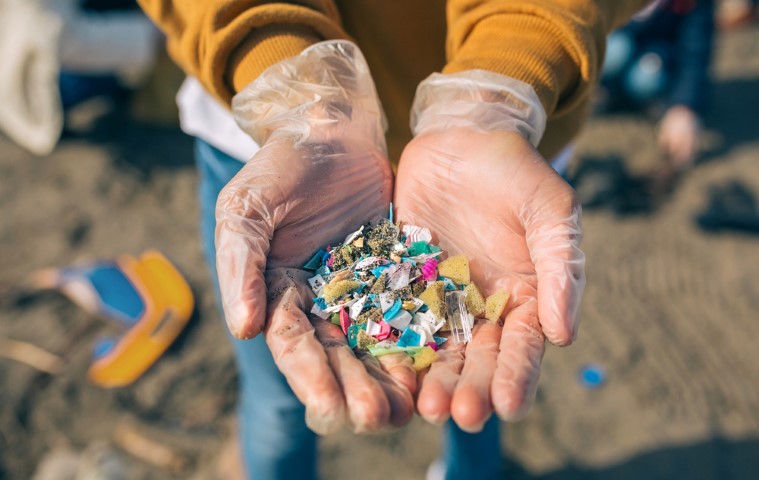
Plastic pollution is one of the most pressing environmental issues facing our planet today. A new study published in the journal PLoS ONE, has revealed that there are an estimated 170 trillion pieces of plastic, mainly microplastics, on the surface of the world’s oceans today. This is a staggering increase from the previous estimate of 5.25 trillion pieces in 2014.
Microplastics are tiny fragments of plastic that are less than 5 millimetres in size. They can come from various sources, such as cosmetics, clothing, fishing gear, and plastic bags and bottles that break down over time. Microplastics can harm marine life by entangling them, blocking their digestive systems, or leaching toxic chemicals into their bodies.
The study was conducted by researchers from the 5 Gyres Institute, a California-based non-profit focused on plastic pollution, and other organizations and universities. They used data from more than 11,000 samples collected across all five major ocean basins between 2005 and 2020. They found that microplastics accounted for more than 99% of all plastic debris in the ocean.
The researchers also projected that if current trends continue, the rate of plastic entering the oceans could accelerate 2.6 times by 2040. This would result in more than 600 trillion pieces of plastic in the ocean by then. To prevent this scenario, they called for urgent action to reduce plastic production and consumption, improve waste management systems, and promote circular economy solutions.
Plastic pollution is not only a threat to marine ecosystems but also to human health and well-being. Plastic can contaminate seafood that we eat or water that we drink. It can also contribute to climate change by emitting greenhouse gases when it degrades or burns. Therefore, it is imperative that we take collective responsibility to tackle this global problem before it is too late.
Become part of the solution for climate change
Learn more about your carbon footprint and how you can offset your individual emissions.


